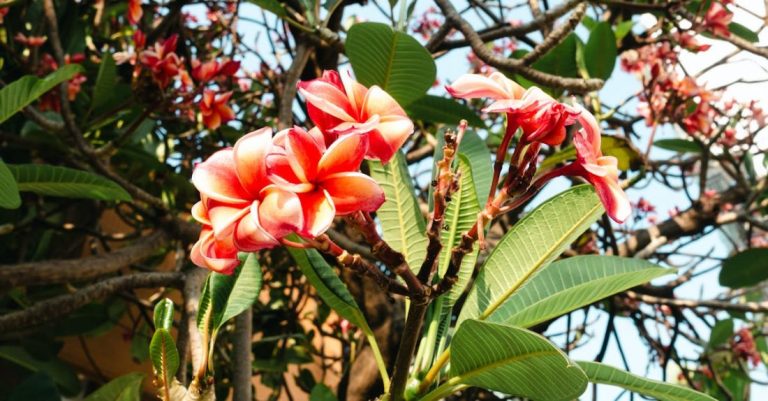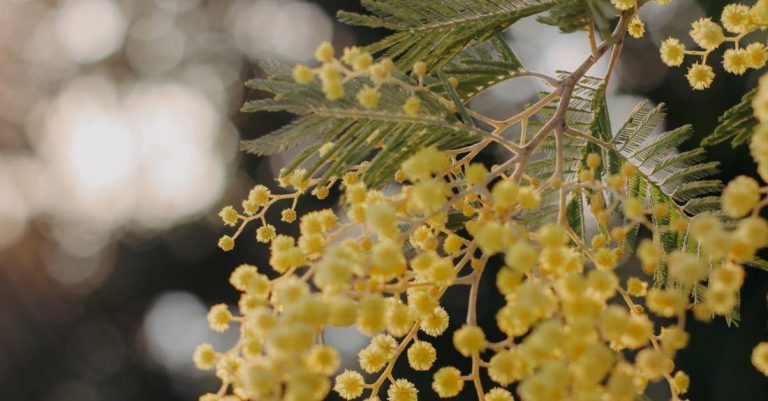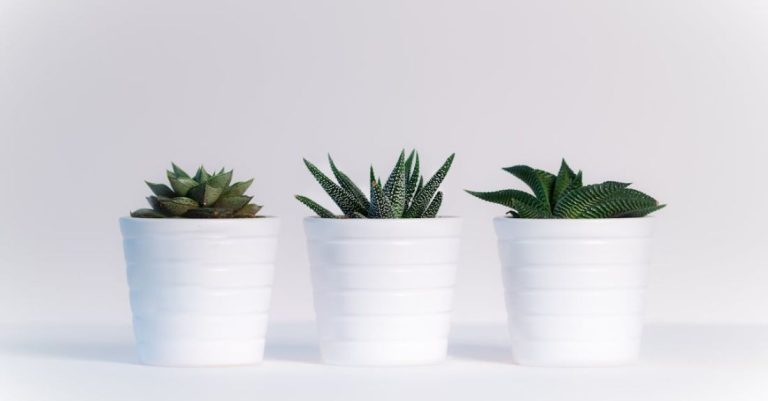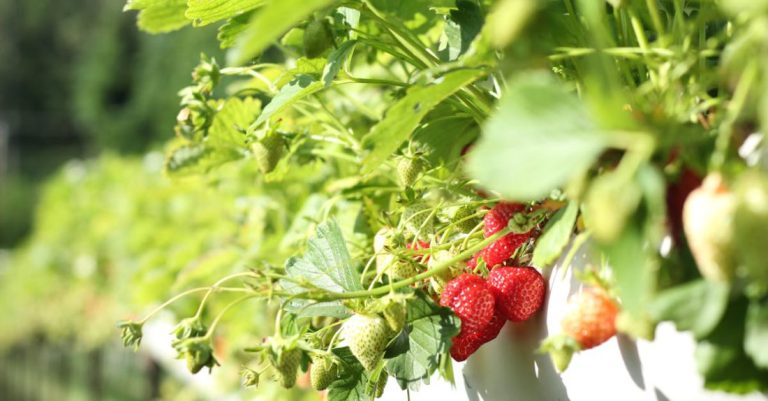
Gardening enthusiasts often face the challenge of maintaining a lush garden in regions with limited water supply or during dry spells. Planting drought-tolerant plants is a smart solution to ensure that your garden remains vibrant and healthy even in arid conditions. These plants have adapted to survive with minimal water, making them perfect choices for low-maintenance landscapes. In this article, we will explore some of the best drought-tolerant plants that you can incorporate into your garden to create a beautiful and sustainable outdoor space.
**Succulents**
Succulents are renowned for their ability to store water in their fleshy leaves, stems, or roots, making them ideal choices for drought-prone gardens. These plants come in a wide variety of shapes, sizes, and colors, offering endless options for creating visually appealing arrangements. Some popular succulents include Aloe Vera, Echeveria, and Sedum. These plants not only require minimal watering but also add a unique charm to any garden with their striking appearance.
**Lavender**
Lavender is a fragrant and versatile plant that thrives in sunny and dry conditions. Known for its aromatic foliage and beautiful purple flowers, lavender is a favorite among gardeners for its low water requirements and ability to attract pollinators. Planting lavender in well-draining soil and providing ample sunlight can help this plant flourish in your garden while adding a delightful scent to the air.
**Russian Sage**
Russian Sage is a hardy perennial that boasts silvery foliage and delicate lavender-blue flowers. This plant is drought-tolerant, deer-resistant, and low-maintenance, making it an excellent choice for water-wise landscaping. Russian Sage thrives in full sun and well-drained soil, making it a perfect addition to gardens seeking a pop of color and texture without the need for frequent watering.
**Yucca**
Yucca plants are striking additions to garden landscapes, with their sword-like leaves and dramatic appearance. These plants are well-suited to arid environments, requiring minimal water once established. Yuccas are excellent choices for adding architectural interest to your garden, and their adaptability to various soil types makes them versatile options for creating focal points or borders in your outdoor space.
**Sage**
Sage is a culinary herb that not only adds flavor to dishes but also enhances the aesthetics of a garden with its aromatic foliage. This drought-tolerant plant thrives in full sun and well-drained soil, making it an excellent choice for gardens with limited water availability. Sage comes in different varieties, such as common sage, pineapple sage, and tricolor sage, offering a range of colors and textures to elevate the visual appeal of your garden.
**Agave**
Agave plants are iconic succulents known for their striking rosette shape and sharp spiky leaves. These plants are native to arid regions and are well-adapted to thrive in hot and dry conditions. Agaves require infrequent watering and excellent drainage to prevent root rot. With their architectural beauty and low maintenance needs, agaves are perfect for adding a bold statement to xeriscape gardens or rock gardens.
**Reimagining Your Garden with Drought-tolerant Plants**
Incorporating drought-tolerant plants into your garden not only conserves water but also creates a sustainable and visually appealing outdoor space. By selecting plants that are well-suited to thrive in arid conditions, you can enjoy a vibrant garden that requires minimal upkeep and resources. Whether you choose succulents, lavender, Russian Sage, yucca, sage, or agave, each plant offers unique characteristics that can transform your garden into a resilient and beautiful oasis. Embrace the beauty of drought-tolerant plants and reimagine your garden with sustainable landscaping practices that benefit both the environment and your outdoor sanctuary.





